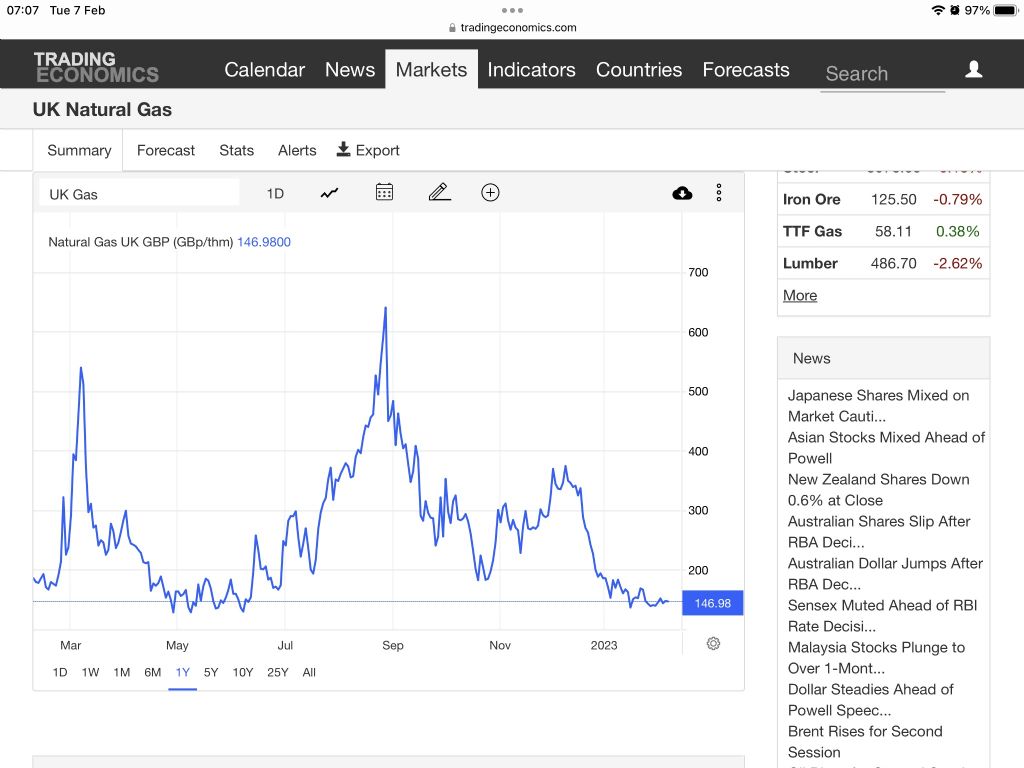Paul,
Your prices should, perhaps, read in £/MWh?
Big ‘M’ denotes ‘million’ Watts whereas little ‘m’ indicates 1/1000 of a Watt. Only a differnce of 1000 million!🙂
Renewable energy generators used to receive payments for all generated energy. They were guaranteed an increasing subsidy for 25 years of operation. Market price of the generation was not controlled, so generators were ensured of income to pay for the installation, eventually.
For instance, early adopters of solar panels on their roof (and commercial enterprises) were paid about 50p for every unit generated. That payment is increasing yearly, but the ttal amount of generation, at that level of payment, is not that great in the whole energy sector. It was paid to encourage installstions which were a lot more expensive, back then.
That ‘feed in Tariff’ was terminated about three years ago. Commercial investors now are paid by “Contract for Difference” where the ‘strike price’ (price per unit at the time) is determined by ‘auction’ for the permission to build the project and sell the generated electricity. Early contracts were, at tops, about 12p/kWh (£120/MWh) but now (as installation/operation costs fall) seem to be around 4.5p/kWh. These latest projects appear to be expected operational from 2024/2025.
With this system, the generator will be paid the ‘strike ‘price plus increases according to agreement. If they sell at over that price, they pay the difference to the government; if the market price falls, the government will pay the generator the difference to the strike price (at the time) to ensure the generator will survive market fluctuations. I think these contracts will likely last 15 years?
As most of the renewable generation (under this system) is not yet operational, the actual price being paid to generators is fluctuating according to other energy pricing – fossil fuels. This has made the pricing of energy very volatile, particularly this last year . Energy suppliers are cashing in (and may be charged a ‘wind-fall tax’ later).
Government may be claiming they are subsidising energy costs – but it is really the current tax payers and future tax payers who will need to repay the capital amount and the interest on that borrowing.
Do remember, the strike price for hinkley point was almost 9p/kWh (for 35 years of operation) but has now risen to 10.6p/kWh. That was necessary for the project to go ahead. Recent strike price for renewables is now less than half that (and will be operational before that nuclear generation).
The whole energy retail system is a problem. People want more energy at lower prices and retailers want more money from all of us. Pukin is a current problem – but that goes a long way back, because europe has been relying on fossil fuels from there.
Diversification and economy of use of energy is the way out of this problem, but it will require time, money and patience (with dithering government policies). Climate change may well make the whole thing irrelevant within a few years.
Paul Kemp.






